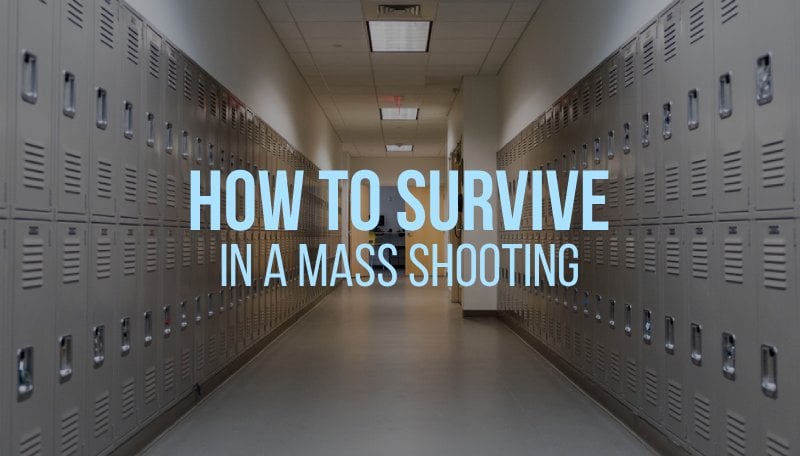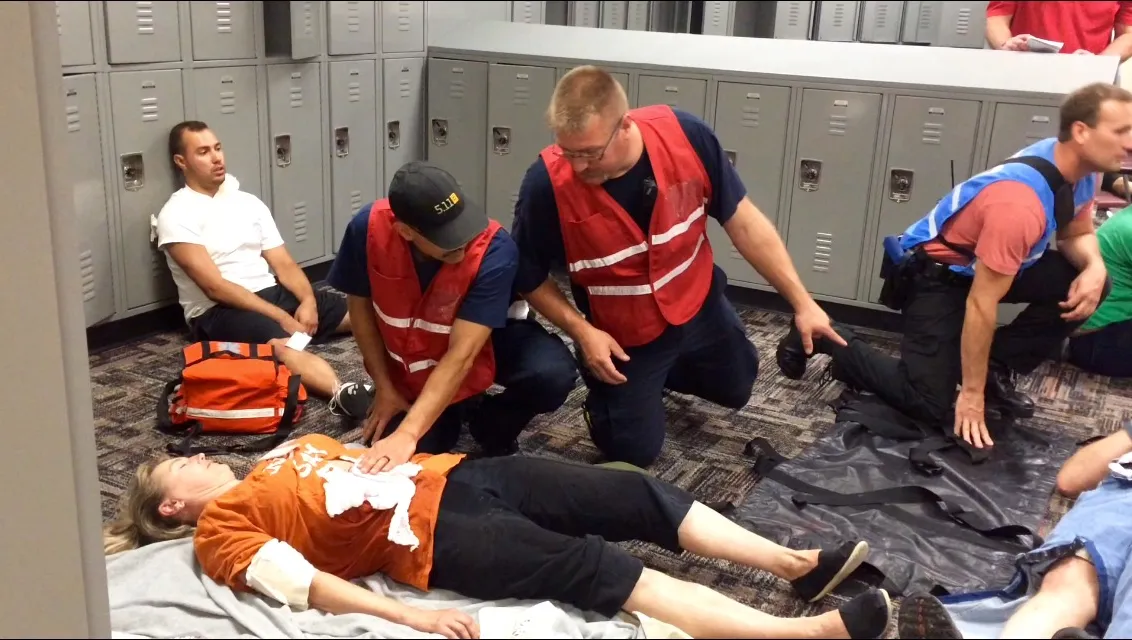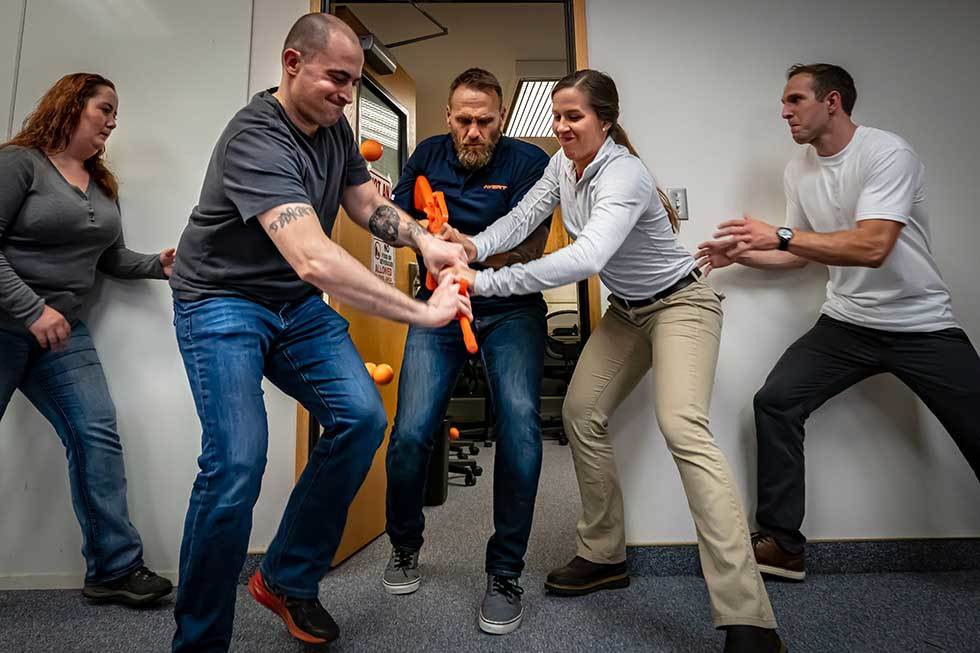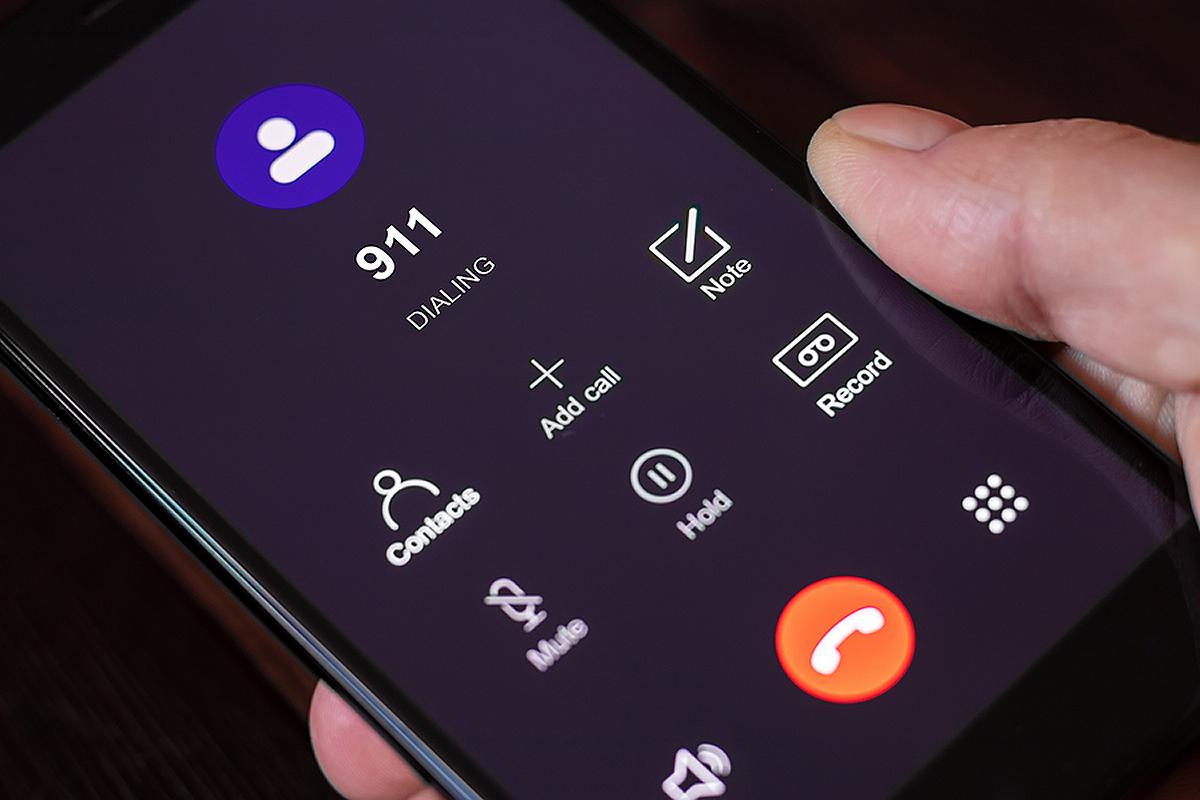
In a world where mass attacks are an unfortunate reality, knowing how to respond can make a significant difference. Although most of us will thankfully never find ourselves in such an active shooter situation, it’s still crucial to be prepared. In this article, we give you tips on what to do in a mass shooting and how.
How to Prepare for a Mass Attack

Being able to respond effectively to mass shootings and attacks in general takes two things: awareness and preparation.
Maintaining awareness is about paying attention to people around you and what they do. For example, if someone is expressing anger or intent to cause harm, these can potentially be red flags indicating imminent danger. Let local authorities know about such strange conversations or actions and always inform them about suspicious packages and bags left unattended.
The next step is learning as much as possible about your environment, whether you’re at work, school, or just out and about. Identify exits, entrances, and potential hiding areas. Take note of doors that can be locked and items that could be used as barricades. Lastly, know what tools around you can be used in case of an emergency.
If you frequent a particular location, map out escape routes. Make sure your planned escape routes don’t lead to locked doors you can’t open. Remember, in moments of crisis, every second counts.
As for preparation, equip yourself with the necessary skills. Learn basic first aid to assist the wounded before help arrives. Consider taking active shooter response training (like AVERT training) or self-defense training. Such knowledge and strategies could prove invaluable in a crisis.
Also, train your body and mind for high-stress situations. For example, meditation can train your breathing and brain to stay calm. This will help you make sound decisions and maintain accurate follow-up shots when trading fire with an attacker. A good physique can not only help you react quickly and efficiently in case you have to intervene but also show those around you that you’re physically capable of responding.
How to Survive a Mass Shooting

How do you survive an active shooter? The first step in ensuring safety during a mass shooting is to gather as much information about what is happening as possible. In situations where people are unaware of what’s going on, instincts often drive immediate decisions, which aren’t always good. Therefore, it’s crucial to stop, look around, and listen. Trust your perception of danger.
But what actions should you take? The U.S. Department of Homeland Security has developed a protocol called “Run, Hide, Fight.”
Run
Once you’ve determined the direction the gunfire is coming from, your primary goal should be to get as far away from the attacker as possible and don’t flag your position. Do not freeze! React and move immediately. While hitting the floor and lying flat is often an instinctive reaction, merely covering your head and hoping for the best is not enough.
Stay low when escaping from the shooter. Aim for small, achievable goals to distance yourself from the shooter, moving from one cover to another. Start with a low crawl, increasing your pace as you get farther from the danger, even up to a sprint if necessary.
Be cautious of open spaces or “danger crossings” which must be crossed while still within firing range. Cross these during a pause in the gunfire, typically when the shooter reloads. Stay alert and avoid contact with walls due to the risk of ricocheting bullets.
After leaving the kill zone, quickly plan your escape or increase your distance from the shooter. Remember the main exit locations and create obstacles to slow down the shooter. Once in a relatively safe, hidden spot, take a moment to regain composure but stay alert.
Hide
If you can’t run, find a secure hiding place that’s hard for the perpetrator to reach. Lock and barricade the door, turn off lights, silence your phone, and remain quiet.
Fight
Fighting a mass shooter should only be considered as a last resort when running and hiding aren’t possible. But remember, each situation is unique.
For instance, Brandon Tsay confronted the Monterey Park perpetrator (2023) who entered a dance studio because he had no choice but to fight. He acted immediately. But James Shaw Jr., caught in a shooting at a Waffle House in Nashville (2018), first ran to the restroom to hide. But once he realized that there was no way to lock the door, Shaw heard the shooter distracted by his firearm for a moment. He pushed the door and disarmed him.
In situations where personal defense tools and weapons are available, they can also be used effectively. Jon Meis, a security guard at Seattle Pacific University during a 2014 shooting, used pepper spray to disarm a shooter. In the Sutherland Springs church shooting in 2017, Stephen Willeford, a former firearms instructor armed with an AR-15, managed to shoot the perpetrator twice, forcing him to flee. During a shooting at Greenwood Park Mall in Indiana in 2022, Elisjsha Dicken pulled out his Glock 19 and fired at the shooter, effectively stopping him just 15 seconds after the mass shooting began.
You can also unite and attempt to set an ambush. A successful ambush is one where your target unknowingly walks into your trap, right into the designated ‘strike zone’. Your hidden position should be a spot the shooter has to pass. Key to its success is the element of surprise, and having a weapon increases your odds. Ideally, an ambush involves multiple people striking from different points at once. However, it also raises the risk of ‘friendly fire’, so ensure everyone sticks to predetermined positions. If the ambush is successful but the shooter is alive, bind and gag them but never assume that this is the only shooter or that the incident is over.
The circumstances of each situation can vary greatly. It’s crucial to act according to the situation and avoid hasty decisions. Run, hide, and fight only when there are no other options. If you choose to intervene, understand the risks involved. Only consider this if you’re confident in your ability to manage the situation and doing so won’t put others at undue risk.
What to Do After You Escaped a Kill Zone

After escaping a kill zone in an active shooter situation, your actions can drastically impact both your safety and the effectiveness of law enforcement’s response. Here are some crucial steps to follow.
Remain Calm
Until you’re out of the building, it’s vital to keep a cool head. Your calmness could be your best weapon, enabling you to think clearly and potentially outsmart the assailant if you come face-to-face.
Report to Designated Areas and Provide Detailed Information
If you can safely do so, call 911 and provide as much human intelligence as possible. This includes who you are, what’s happening, where it’s happening, the number of shooters, their physical description, the types of weapons being used, any special gear like body armor, the shooter’s skill level, ethnicity, language or accent, and anything else that may assist first responders.
Follow Instructions from Law Enforcement
Obey all instructions from law enforcement. They have the training and experience to handle such situations. Listen for information about the situation and share updates with family and friends when possible.
Check for Wounds
Once safe, check yourself for injuries. Adrenaline can often mask pain, so even if you’re not feeling hurt, conduct a thorough check.
Plan Your Evacuation
When deciding to evacuate, choose the most discreet route that minimizes the chance of encountering the shooter again. The safest evacuation route may not be the most direct or nearest exit. Your goal is to leave safely, not quickly.
Keep Hands Visible and Empty
When encountering law enforcement, ensure your hands are visible and empty. This signals to officers that you are not a threat. Put all weapons on the ground, raise your hands high, and loudly announce that you are unarmed. Repeat this until they acknowledge you.
Consider Seeking Professional Help
Experiencing a mass attack can lead to trauma. If you or someone you know has been involved in such an incident, consider seeking professional help to cope with the aftermath. Just like physical wounds, emotional ones need care and time to heal.
FAQs
What are the first steps to take when I hear gunshots?
Your first step should be to get out of the line of sight and find a safe place to hide. If you can, run away from the sound of the gunfire and try to find a secure location.
How can I protect myself if I’m caught in a shooting situation?
It’s important to remember the “Run, Hide, Fight” strategy. Run if you can, hide if you can’t run, and fight only as a last resort.
Should I intervene if I see a shooting happening?
It’s usually best to prioritize your own safety and call the authorities. Only consider intervening if you have the necessary training and it’s absolutely necessary.
How can I help law enforcement during an active shooter situation?
If it’s safe to do so, you can provide valuable information to law enforcement, like the number of shooters, their physical description, the types of weapons being used, and their location.
How do I cope with trauma after witnessing gun violence?
It’s normal to experience trauma after such a terrifying event. Don’t hesitate to seek professional help to manage your feelings and reactions.
Can I carry a weapon for self-defense?
Laws regarding carrying weapons vary greatly by location. It’s crucial to know and follow your local laws. Training and proper handling are also essential if you choose to carry a weapon for self-defense.




Leave a Reply